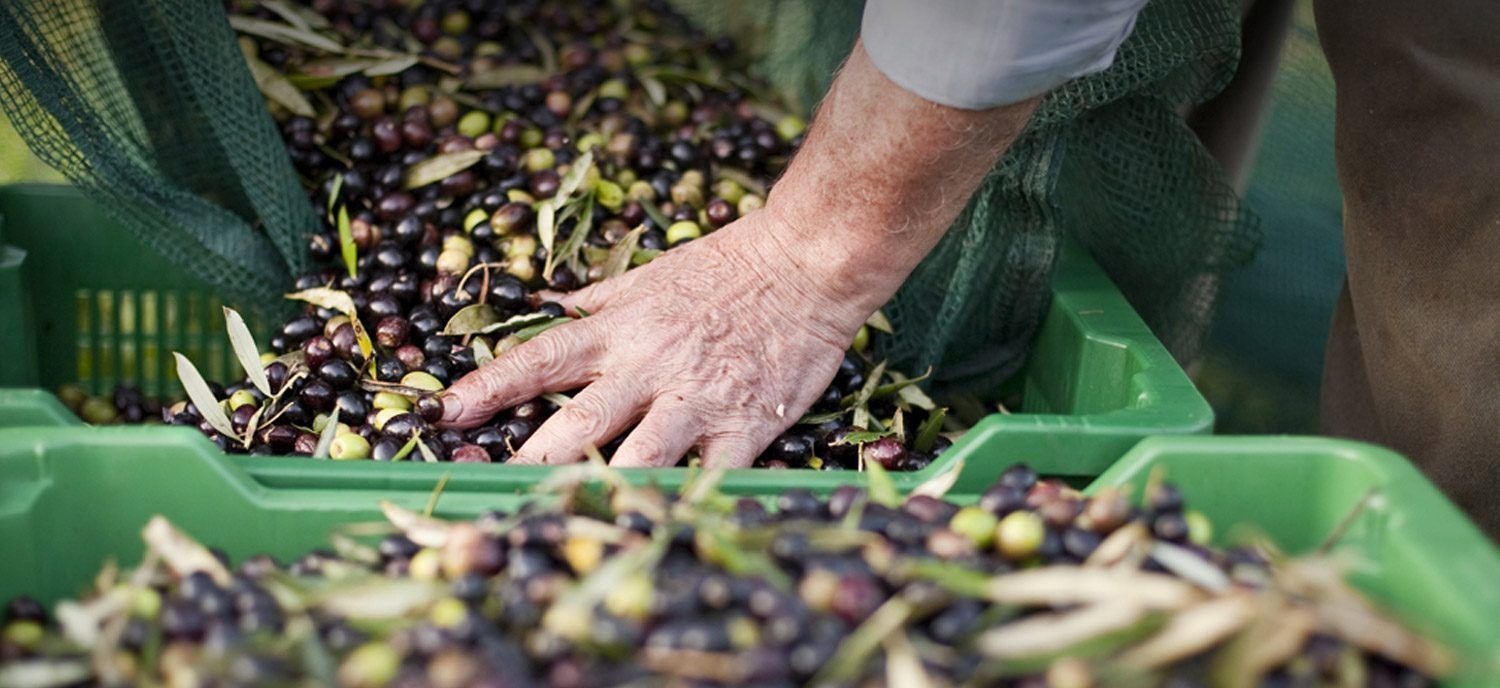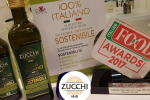26 August 2015
There are many variables underlying an extra virgin olive oil, which can’t simply be quantified. Each blendmaster knows and has learned “in the field” to choose the right level of ripening of the olives to give both the aromas and flavours of the extra virgin olive oil.
In fact, the same olive can have very different characteristics depending on its growth phase. As a result, the harvesting period from the tree is chosen with the utmost care, and always depends on the oil being produced. First of all, it is important to know and be able to recognise the four ripening stages for olives: the herbaceous stage, veraison, full ripeness and over-ripeness.
The herbaceous stage generally starts towards the end of August, although this is highly dependent on the year’s climate and area of cultivation. In the first stage of ripening, the fruit has a bright green colour and hard flesh which contains little oil. With the start of veraison, which is usually in mid-October, the olive becomes bigger and softer, rich in oil and a colour tending towards purple.
The fruit harvested at this point in the ripening produces an oil rich in precious antioxidants (polyphenols), with characteristic fruity, bitter and piquant notes. A very different oil from the one obtained at the end of veraison, harvesting the olives with intensely purple skin. In fact, more mature fruit produces sweeter oils. Beyond a certain degree of ripening, however, the dark brown olives start coming away from the branches and fall to the ground, increasing enzyme degradation and contact with damaging microorganisms.
We are now reaching harvesting and we have seen how the identification of the right degree of ripening also determines the taste of the oil. This is why the quality of an oil doesn’t just come about by chance.






